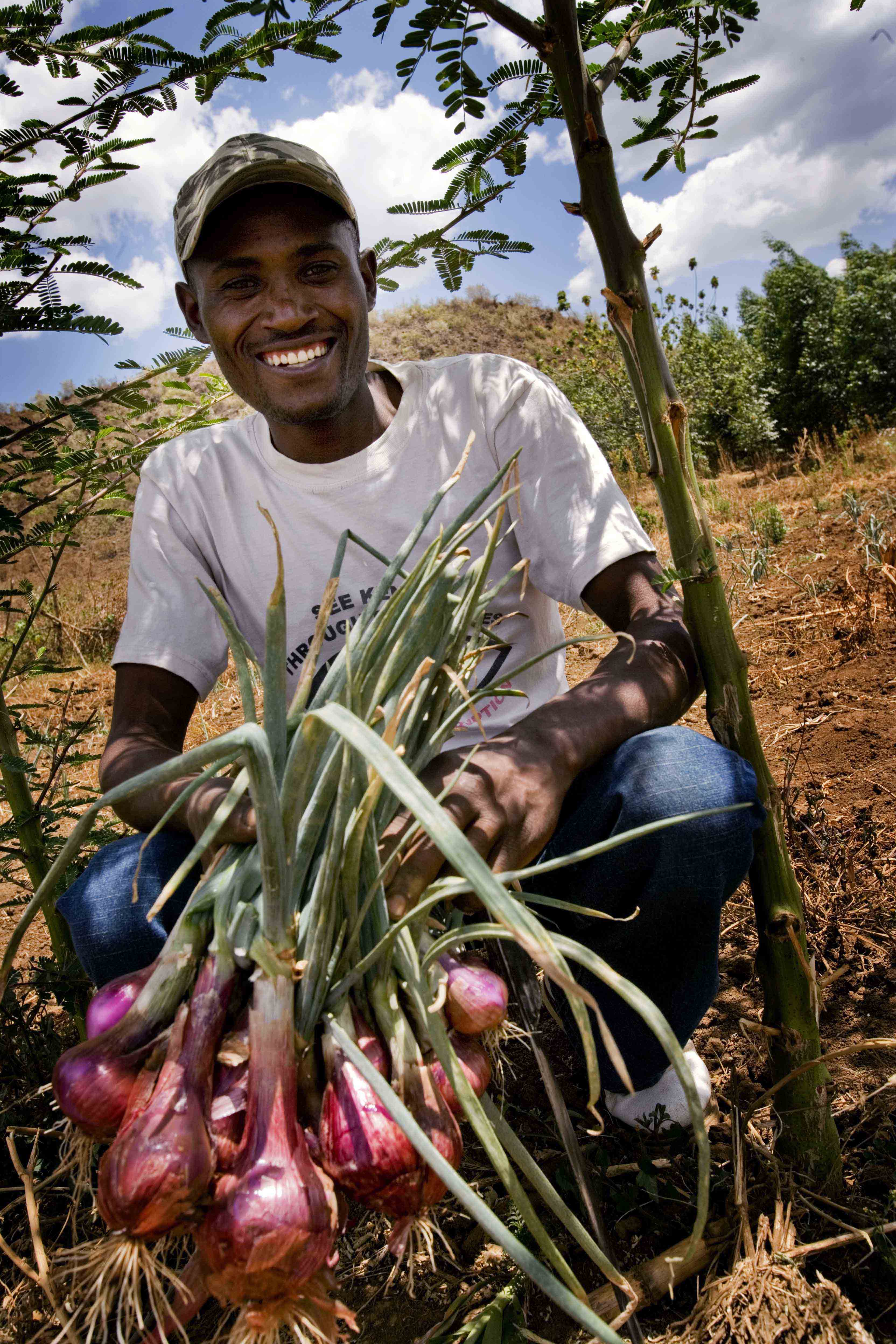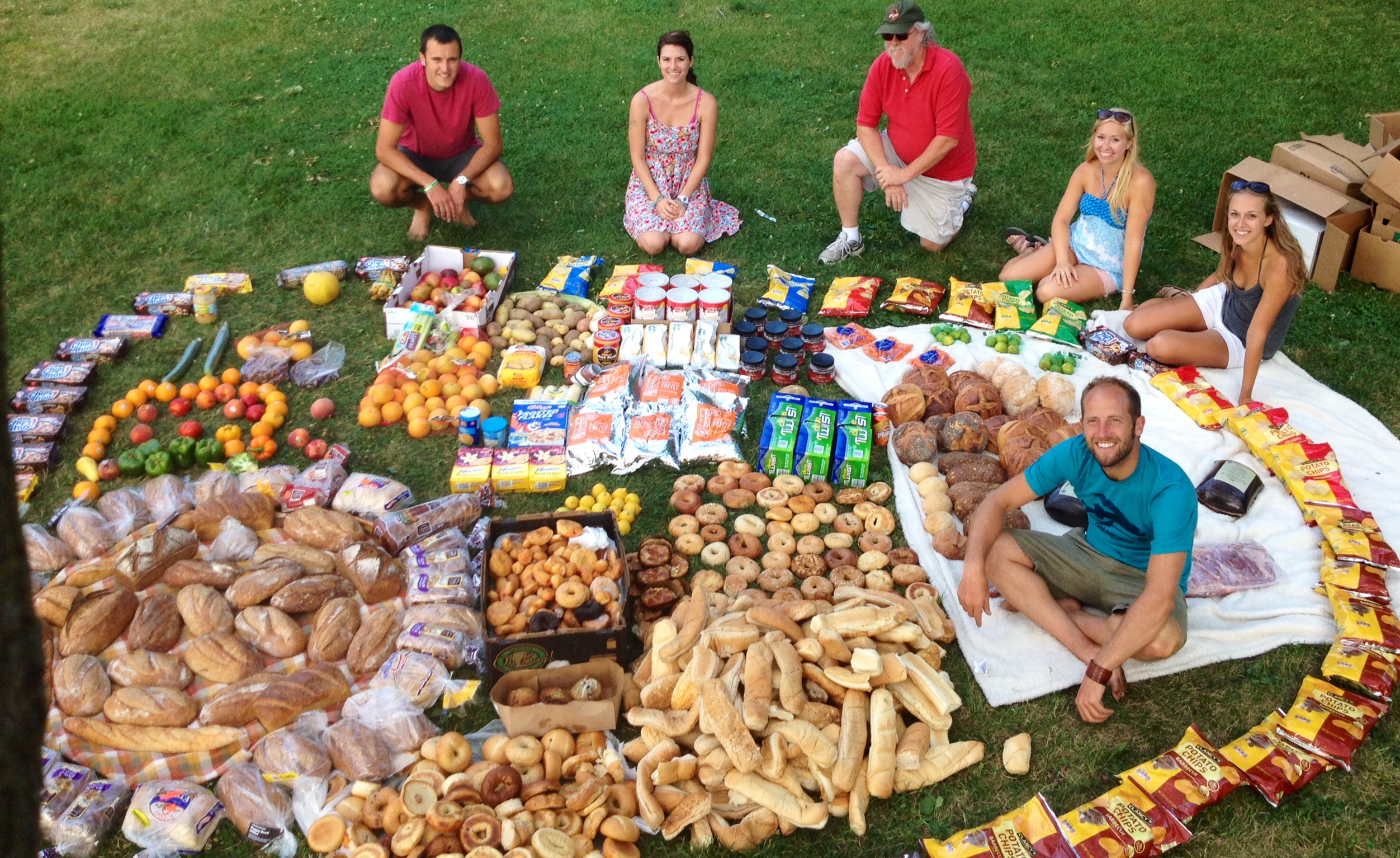Food security
Enlarge text Shrink text- Work cat.: Blakeney, M. Intellectual property rights and food security, c2009:p. 2 (Food security as defined by the 1996 World Food Summit is a situation in which all people at all times have physical and economic access to sufficient, safe and nutritious food to meet the dietary needs and food preferences for an active and health life; Scoones traces the definition from its 1974 World Food Conference connotation of access to the availability of food through the World Bank's 1986 definition of food security in the sense of access to sustain a healthy life. Indicators of food security can be defined at different levels--for the world as a whole, for individual countries or for households; The opposite of food security is food insecurity)
- UNBIS thes.(Food security)
- Wikipedia, Aug. 18, 2009(Food security refers to the availability of food and one's access to it)
Food security is the state of having reliable access to a sufficient quantity of affordable, nutritious food. The availability of food for people of any class and state, gender or religion is another element of food security. Similarly, household food security is considered to exist when all the members of a family, at all times, have access to enough food for an active, healthy life. Individuals who are food-secure do not live in hunger or fear of starvation. Food security includes resilience to future disruptions of food supply. Such a disruption could occur due to various risk factors such as droughts and floods, shipping disruptions, fuel shortages, economic instability, and wars. Food insecurity is the opposite of food security: a state where there is only limited or uncertain availability of suitable food. The concept of food security has evolved over time. The four pillars of food security include availability, access, utilization, and stability. In addition, there are two more dimensions that are important: agency and sustainability. These six dimensions of food security are reinforced in conceptual and legal understandings of the right to food. The World Food Summit in 1996 declared that "food should not be used as an instrument for political and economic pressure." There are many causes of food insecurity. The most important ones are high food prices and disruptions in global food supplies for example due to war. There is also climate change, water scarcity, land degradation, agricultural diseases, pandemics and disease outbreaks that can all lead to food insecurity. The effects of food insecurity can include hunger and even famines. Chronic food insecurity translates into a high degree of vulnerability to hunger and famine. Chronic hunger and malnutrition in childhood can lead to stunted growth of children. Once stunting has occurred, improved nutritional intake after the age of about two years is unable to reverse the damage. Severe malnutrition in early childhood often leads to defects in cognitive development.
Read more on Wikipedia >
 Topic
Topic


.jpg)












